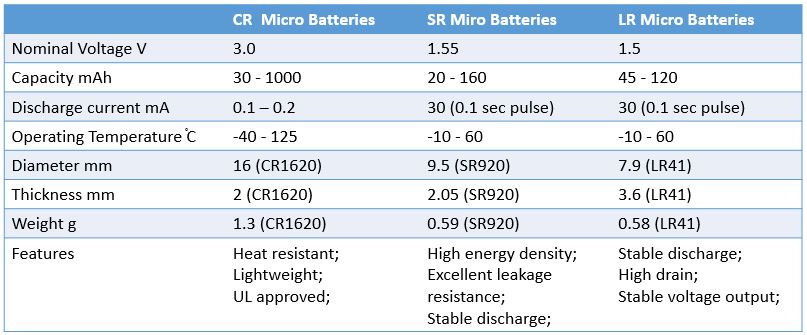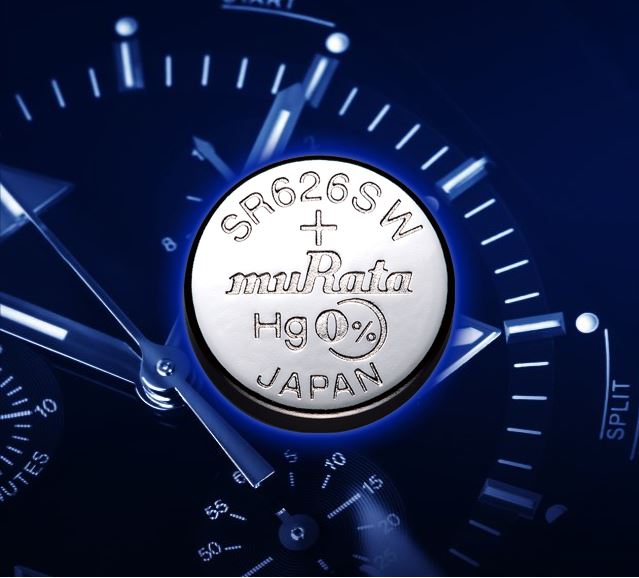Internet of Things (IoT) devices and IoT application deployment have seen an explosive growth in the past year. So does the micro battery technology that have been essential for mobile applications. While we are enjoying the wonderful benefit and amazing functionalities these IoT devices have brought to us, we often don’t look at one of the most important part of the device, the batteries, as they seem to us as a secondary component and we have always had plenty of choices on the market; also, we think the batteries in an IoT device act solely as one of the many supporting roles. We all understand that IoT technology is cool and its future is hot. To make this happen and the best yet to happen, the battery for powering it is critical…
IoT technology takes advantage of wired/wireless networking and we believe the best form of it demands cutting all the wires, not only those for the communication, but also for power. Imagine a scenario when we deploy an IoT application that includes many sensor nodes spread out in a remote area. For optimal performance and low cost of maintenance, we expect these sensors will be self-sustaining for months or even years. During the service time of the device, we expect it performs as designed with minimum unexpected downtime. Now we come to the critical point where we must select what type of power source that not only will be able to power the sensor for a long time but also can provide the mobility and convenience for rapid deployment in any type of environment. There are other requirements for an ideal IoT power source:
- Duty cycle of the device’s work-sleep pattern;
- Frequency of the device’s work-sleep cycle;
- Transmission and receiving power consumption of the radio;
- Multiple power mode capability of the microcontroller and its peripherals;
- Power dissipation by passive components on board;
- Loss of the power management system;
- Energy harvesting support;
When we take all the above factors into consideration, we settle on batteries, that offer us lots of advantages, such as high reliability, large working temperature tolerance, long life, low self-discharge rate, compact size and cost. With so many types of batteries on the market, we don’t have a fit-in-all answer for a battery choice. There are many factors to consider. Come to the battery lifetime as an example, it largely depends on how it is used and what it is used for. Excessive ramping/high surge, long duration and fast cycling can drastically reduce the average lifetime of the battery. Harsh environmental conditions, such as high temperature can do the same harm to the battery. Hence, the final decision is up to the requirements of the project.
- Battery capacity
- Battery Life
- Environmental conditions: ambient temperature, humidity and moisture
- Current draw limit
- Voltage level
- Size
Murata Electronics provides a wide selection of their micro batteries, such as CR, SR and LR types. The nominal voltage ranges from 1.5V to 3V and the capacity can be from as low as 20mAh up to 1000mAh. These coin cell batteries offer excellent performance, high reliability and compact size, which make them ideal primary batteries for various applications, automotive, Internet of Things (IoT), medical devices and Factory automation (FA), etc.
There are many different types of micro batteries categorized according to their sizes or shapes, such as button cell, pin cell and coin cell. They can be also divided into three major types according to their chemical composition, Alkaline batteries (LR), Silver Oxide batteries (SR) and Coin Manganese Dioxide Lithium Batteries (CR). Let’s compare these three micro batteries based on their performance, electrical characteristics conditions for applications.

CR Micro Batteries

Murata Electronics CR micro batteries use specially treated Manganese Dioxide (MnO2) as the cathode material and high-voltage and high-activity Lithium metal as the anode material. The electrolyte in the core of the battery is a composite made from the molten Lithium salt and an organic solution to promote the high-density power exchange from the core to the exterior interface. These batteries can provide high voltage and high energy density, as well as good performance over a wide working temperature range. They are suitable for many general applications. The standard CR micro batteries have a working temperature range from -30 to 70 °C, while the new type of Extended Temperature can work within the range from -40 to 85 °C. Murata also provides High Drain CR micro batteries that are ideal for tracking devices for logistics and asset management by adopting Low Power Wide Area (LPWA) networks such as LoRa and SIGFOX for outdoor infrastructures. Due to the excellent performance, High Drain CR micro batteries find excellent applications in FA (Factory Automation) control systems and environmental monitoring sensors.





SR Micro Batteries

Murata’s SR micro batteries are mercury-free silver-oxide based primary batteries that provide high capacity and stable discharge characteristics over a wide temperature range in compact size. These micro batteries feature a sealing structure made of materials specially treated to provide excellent leakage resistance. They are ideal for applications such as medical devices, IoT sensors, and precision instruments.


LR Micro Batteries

Murata Alkaline Manganese LR micro batteries are small size primary batteries to offer high performance for medical and health applications. Murata LR micro batteries feature mercury-free alkaline manganese construction with specially treated sealing materials that form the sealing structure of the batteries.

The above information is based on the available sources from Murata.
Read more at: https://www.murata.com/en-us/products/batteries/micro







